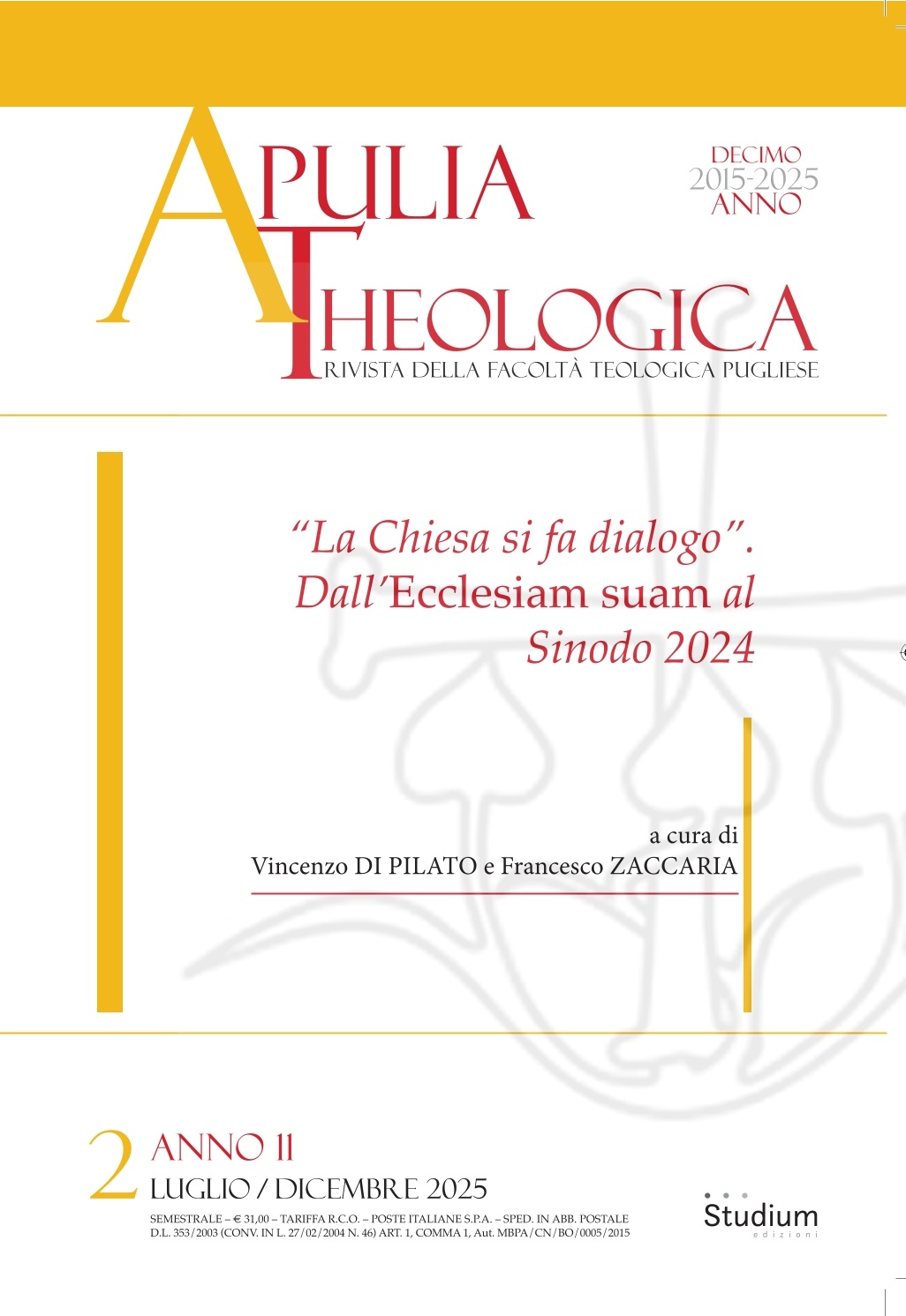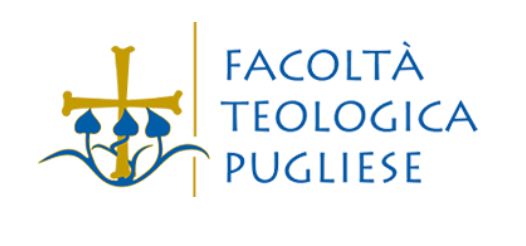Apprendere nel dialogo: lo scambio vitale tra Chiesa e mondo
DOI:
https://doi.org/10.71628/apth.v11i2.127816Abstract
L’articolo tratta del dialogo tra Chiesa e mondo promosso dal Vaticano II, a partire dal cammino di elaborazione di Gaudium et spes. Nel quadro delle motivazioni che ispirarono la costituzione pastorale, le vicende legate all’analisi dei segni dei tempi costituiscono una chiave di lettura centrale. Al concilio il lavoro di molti periti e padri sinodali per approfondire la categoria ha rappresentato un banco di prova per l’autocomprensione della Chiesa come realtà che vive uno scambio vitale con il mondo, nel quale è pienamente immersa. L’accoglienza reciproca e il dialogo che ne consegue favoriscono l’evangelizzazione, promuovono il bene comune e aiutano la Chiesa a comprendere sempre meglio la verità rivelata. Attraverso alcune voci della riflessione teologica postconciliare vengono messe in luce le coordinate per il discernimento dei segni dei tempi: centralità del vangelo, apertura di fede, ascolto, reciproco riconoscimento. Si offre un esempio di questo dinamismo attraverso un segno dei tempi in atto: la partecipazione delle donne al concilio.
The article addresses the dialogue between the Church and the world promoted by the Second Vatican Council, starting from the development process of Gaudium et Spes. Within the framework of the motivations that inspired the pastoral constitution, the events related to the analysis of the signs of the times represent a key interpretative element. During the Council, the work of many experts and synodal fathers in deepening this category served as a testing ground for the Church’s selfunderstanding as a reality engaged in a vital exchange with the world in which it is fully immersed. Mutual openness and the ensuing dialogue foster evangelization, promote the common good, and help the Church to gain a deeper understanding of revealed truth. Through the voices of some post-conciliar theological reflections, the coordinates for discerning the signs of the times are brought to light: the centrality of the Gospel, openness of faith, attentive listening, and mutual recognition. An example of this dynamic is offered through a current sign of the times: the participation of women in the Council.
##submission.downloads##
Pubblicato
Fascicolo
Sezione
Licenza
Gli articoli della rivista sono open access.
Sono sotto embargo solo i contributi dell’attuale annata.
Disclaimer
If you find yourself being the copyright holder of an image and you object to your image being shown on the e-Journal version, please get in contact with the University Library of Tübingen immediately.


